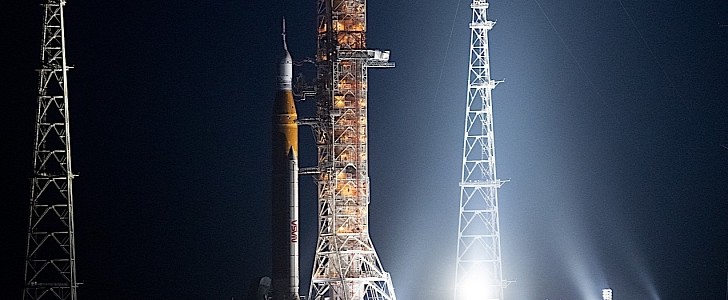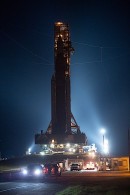For all intents and purposes, humanity’s expansion beyond our planet began with the space race between the U.S. and USSR back in the 1960s. For a while, it was a tight race, but it became clear who the winner would be when Americans set foot on the Moon. And we did it aided by a computer that is 100,000 times slower than the iPhone you’re holding in your pocket.
Somehow, space exploration has grown more complex, and because of the technological advancements made since the 1960s, so did the computers we use. But there’s always room for improvement, and with the sights set on lunar and possibly even Martian landings, NASA is trying to get ahead of potential needs. Especially given how the computers currently in use can trace their origins all the way back three decades ago.
Earlier this week, the space agency’s Jet Propulsion Laboratory announced it awarded a $50 million firm-fixed-price contract to Microchip Technology for the development of a High-Performance Spaceflight Computing (HPSC) processor to be used “on future lunar and planetary exploration missions.”
Microchip has just three years to come up with a design that is capable of generating “at least 100 times the computational capacity of current spaceflight computers.” The chip should also be more reliable and have a higher fault tolerance.
“Our current spaceflight computers were developed almost 30 years ago,” said in a statement Wesley Powell, NASA’s principal technologist for advanced avionics.
“While they have served past missions well, future NASA missions demand significantly increased onboard computing capabilities and reliability. The new computing processor will provide the advances required in performance, fault tolerance, and flexibility to meet these future mission needs.”
When ready, the chip will probably not be used solely by NASA, but will probably be shared with other government agencies, including for applications that don’t necessarily have anything to do with space exploration.
Earlier this week, the space agency’s Jet Propulsion Laboratory announced it awarded a $50 million firm-fixed-price contract to Microchip Technology for the development of a High-Performance Spaceflight Computing (HPSC) processor to be used “on future lunar and planetary exploration missions.”
Microchip has just three years to come up with a design that is capable of generating “at least 100 times the computational capacity of current spaceflight computers.” The chip should also be more reliable and have a higher fault tolerance.
“Our current spaceflight computers were developed almost 30 years ago,” said in a statement Wesley Powell, NASA’s principal technologist for advanced avionics.
“While they have served past missions well, future NASA missions demand significantly increased onboard computing capabilities and reliability. The new computing processor will provide the advances required in performance, fault tolerance, and flexibility to meet these future mission needs.”
When ready, the chip will probably not be used solely by NASA, but will probably be shared with other government agencies, including for applications that don’t necessarily have anything to do with space exploration.













